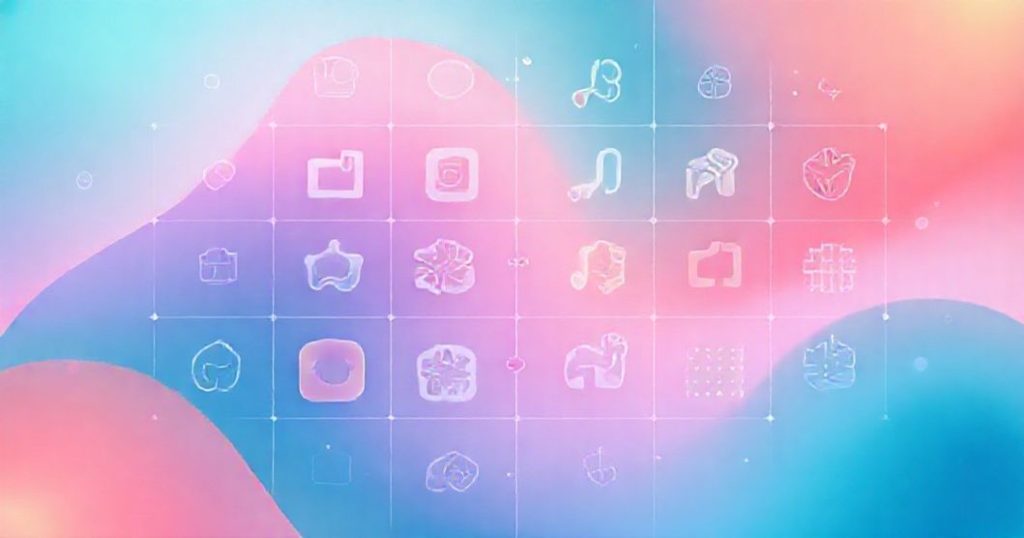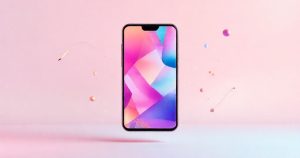Introduction to AI Image Generators for Icons
AI image generation has undergone a remarkable transformation over the past few years, evolving from producing barely recognizable abstract shapes to creating photorealistic masterpieces that rival professional photography. Modern AI models like DALL-E 3, Midjourney v6, and Stable Diffusion XL leverage billions of image-text pairs to understand nuanced prompts and generate images with stunning accuracy and artistic flair. What once required hours of manual work in Photoshop or expensive stock photo subscriptions can now be accomplished in seconds with a well-crafted text prompt. This democratization of visual content creation has opened doors for small businesses, content creators, and hobbyists who previously couldn’t afford professional design services.
The technology behind AI image generators is complex, involving sophisticated neural networks that navigate latent space to synthesize new images based on text inputs. However, the user experience is designed to be intuitive and accessible, allowing anyone to create professional-grade visuals without extensive design knowledge. As the technology continues to advance, we’re seeing more powerful and user-friendly tools emerge, such as free AI image generators that make it possible for everyone to create stunning images without spending a fortune.
In this comprehensive guide, we’ll delve into the world of AI image generators for icons, exploring how these tools work, their applications, and the best practices for getting the most out of them. Whether you’re a seasoned designer looking to streamline your workflow or a beginner eager to explore the creative possibilities of AI-generated art, this article will provide you with the insights and techniques you need to succeed.
How AI Image Generators Work
At the heart of every AI image generator is a sophisticated machine learning model trained on vast datasets of images and text. These models learn to associate certain textual descriptions with specific visual features, allowing them to generate images that match the input prompt. The process involves several key steps, including text encoding, where the input text is converted into a numerical representation that the model can understand, and image decoding, where the generated image is refined and polished to produce the final output.
Understanding how AI image generators work is crucial for using them effectively. By crafting well-structured prompts that provide clear guidance on the desired output, users can significantly improve the quality and relevance of the generated images. This involves not just describing the subject of the image but also specifying the style, color palette, and other aesthetic elements that are important for the intended use case.
Applications of AI Image Generators for Icons
AI image generators have a wide range of applications, from graphic design and digital art to marketing and advertising. For icons, these tools can be particularly useful, allowing designers to quickly generate high-quality visuals that can be used in various contexts, such as website design, social media, and mobile apps. The ability to automate the design process can save time and resources, enabling businesses and individuals to focus on other aspects of their projects.
Moreover, AI image generators can facilitate the creation of consistent branding across different platforms and materials. By generating icons and other visual elements that adhere to a specific style and aesthetic, businesses can reinforce their brand identity and improve recognition among their target audience. This consistency is key to building a strong brand and can have a significant impact on customer perception and loyalty.
Best Practices for Using AI Image Generators
To get the most out of AI image generators, it’s essential to follow best practices that optimize the input prompts and the overall workflow. This includes starting with clear and descriptive prompts that accurately convey the desired outcome, experimenting with different styles and parameters to find the best fit for the project, and refining the generated images through post-processing techniques to enhance their quality and coherence.
Additionally, users should be aware of the limitations and potential biases of AI image generators. While these tools can produce remarkable results, they are not perfect and may reflect existing biases in the training data. Being mindful of these issues and taking steps to mitigate them can help ensure that the generated images are not only visually appealing but also respectful and appropriate for the intended audience.
Conclusion
In conclusion, AI image generators for icons represent a powerful tool for anyone looking to create stunning visuals without the need for extensive design experience. By understanding how these tools work, their applications, and the best practices for using them, users can unlock a world of creative possibilities and streamline their workflow. Whether you’re a professional designer, a marketer, or simply someone with a passion for art and technology, AI image generators have the potential to revolutionize the way you create and interact with visual content.
As the technology continues to evolve, we can expect to see even more sophisticated and user-friendly AI image generators emerge. For now, tools like Icebox AI are making it possible for everyone to create professional-grade visuals without breaking the bank. So why not give it a try? With a little creativity and experimentation, you can unlock the full potential of AI image generators and take your visual content to the next level.



